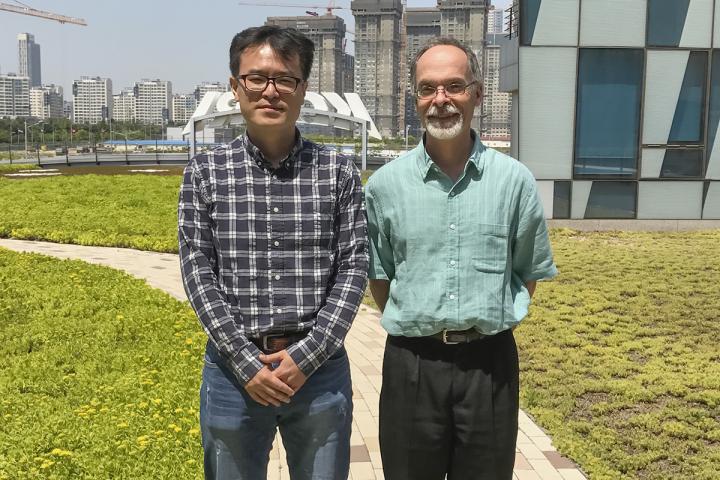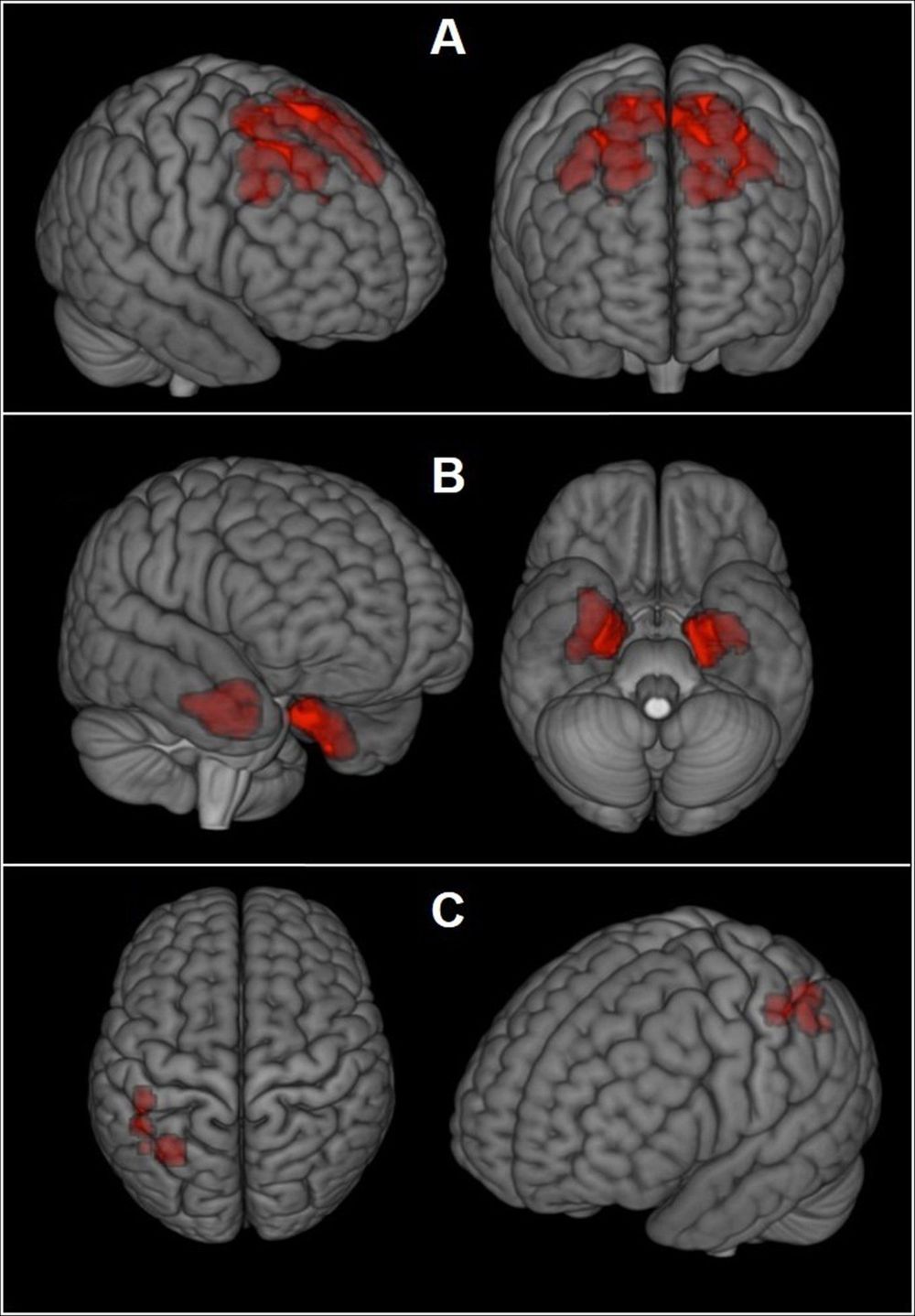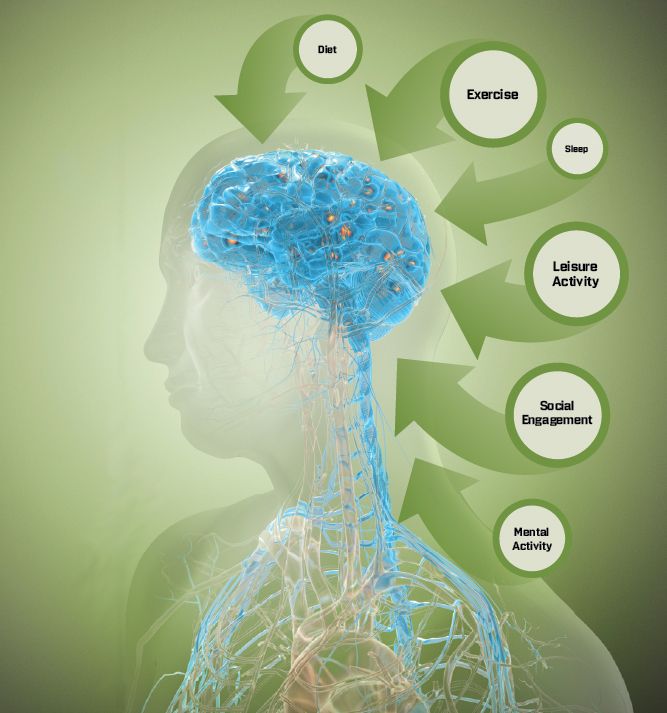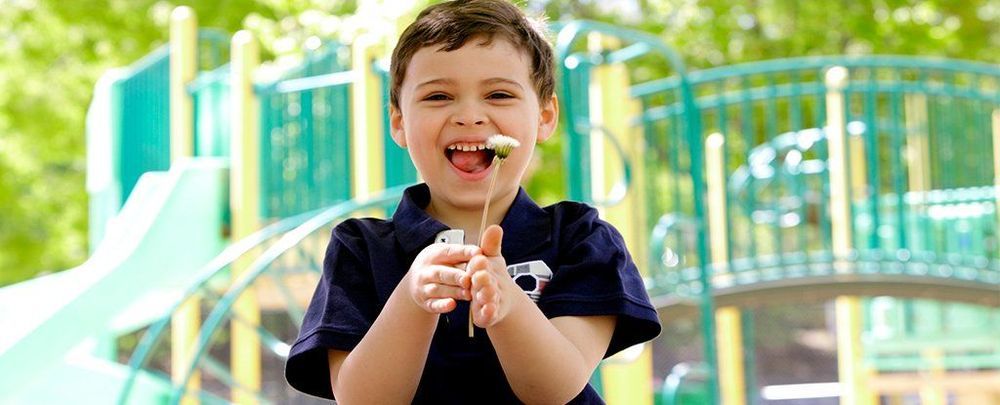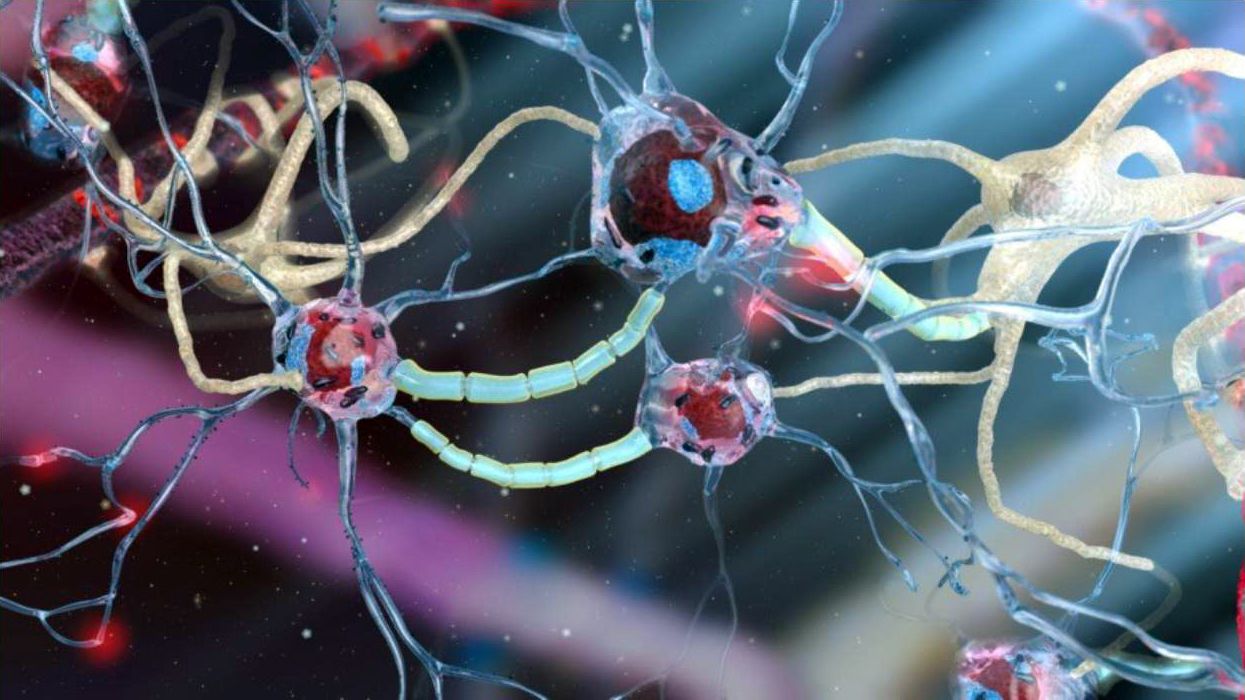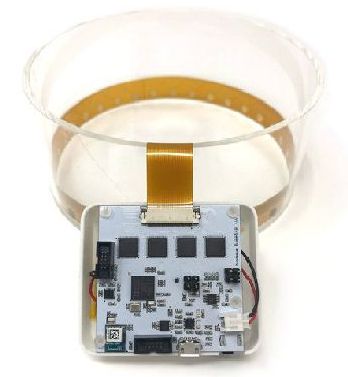Archive for the ‘biotech/medical’ category: Page 1948
Apr 11, 2019
Microbes in the human body swap genes, even across tissue boundaries, study indicates
Posted by Xavier Rosseel in category: biotech/medical
CHAMPAIGN, Ill. — Bacteria in the human body are sharing genes with one another at a higher rate than is typically seen in nature, and some of those genes appear to be traveling — independent of their microbial hosts — from one part of the body to another, researchers report in the journal Scientific Reports.
The findings are the result of a molecular data-mining method initially conceptualized by Kyung Mo Kim, a senior research scientist at the Korea Polar Research Institute. University of Illinois crop sciences and Carl R. Woese Institute for Genomic Biology professor Gustavo Caetano-Anollés developed the approach with his former student Arshan Nasir, of COMSATS University Islamabad, Pakistan, who is currently a Distinguished Fellow at the Los Alamos National Laboratory in New Mexico.
This computationally challenging method allowed them to identify instances of “horizontal gene transfer,” the direct transfer of genes between organisms outside of sexual or asexual reproduction.
Apr 11, 2019
Brain scans may reveal concussion damage in living athletes
Posted by Genevieve Klien in categories: biotech/medical, neuroscience
Researchers may be closing in on a way to check athletes while they’re alive for signs of a degenerative brain disease that’s been linked to frequent head blows. Experimental scans found higher levels of an abnormal protein tied to the disease in a study of former National Football League players who were having mood and thinking problems.
It’s the first time a major study has tested these scans for detecting chronic traumatic encephalopathy, or CTE, which is only diagnosed now after death, with brain autopsies.
Doctors are searching for a way to tell when players, veterans or others with concussions or other head injuries are at risk for permanent damage. It’s too soon to know if the scans will enable that — so far they only show that these athletes are different as a group; they can’t be used to say a particular player does or does not have CTE.
Continue reading “Brain scans may reveal concussion damage in living athletes” »
Apr 11, 2019
A New Treatment for Alzheimer’s? It Starts With Lifestyle
Posted by Genevieve Klien in categories: biotech/medical, information science, neuroscience
Armed with big data, researchers turn to customized lifestyle changes to fight the disease.
Apr 10, 2019
Radical Fecal Transplant Therapy in Kids Has Reduced Their Autism Severity
Posted by Quinn Sena in categories: biotech/medical, neuroscience
Transforming the microbial environment in the guts of children diagnosed with autism could significantly ease the severity of their condition’s signature traits, according to newly published research.
A study on the effects of a form of faecal transplant therapy in children on the autism spectrum found participants not only experienced fewer gut problems, but continued to show ongoing improvements in autism symptoms two years after the procedure.
Arizona State University researchers had already discovered a dose of healthy gut microflora caused characteristics associated with autism spectrum disorder (ASD) to ease or vanish for at least a couple of months after treatment ended.
Continue reading “Radical Fecal Transplant Therapy in Kids Has Reduced Their Autism Severity” »
Apr 10, 2019
New York Declares Health Emergency As Measles Spreads In Parts Of Brooklyn
Posted by Quinn Sena in categories: biotech/medical, health
New York City on Tuesday ramped up the battle against the spread of a measles outbreak in a Brooklyn hot spot, declaring a public health emergency and calling for mandatory vaccinations.
Mayor Bill de Blasio said the emergency covers four Brooklyn ZIP codes, including most of Williamsburg and Borough Park, which have seen more than 285 cases of the measles since October.
“We cannot allow this dangerous disease to make a comeback here in New York City. We have to stop it now,” de Blasio said at a news conference. “We have a situation now where children are in danger. We have to take this seriously,” he added.
Continue reading “New York Declares Health Emergency As Measles Spreads In Parts Of Brooklyn” »
Apr 10, 2019
An Interview with Dr. Aubrey de Grey
Posted by Steve Hill in categories: biotech/medical, life extension
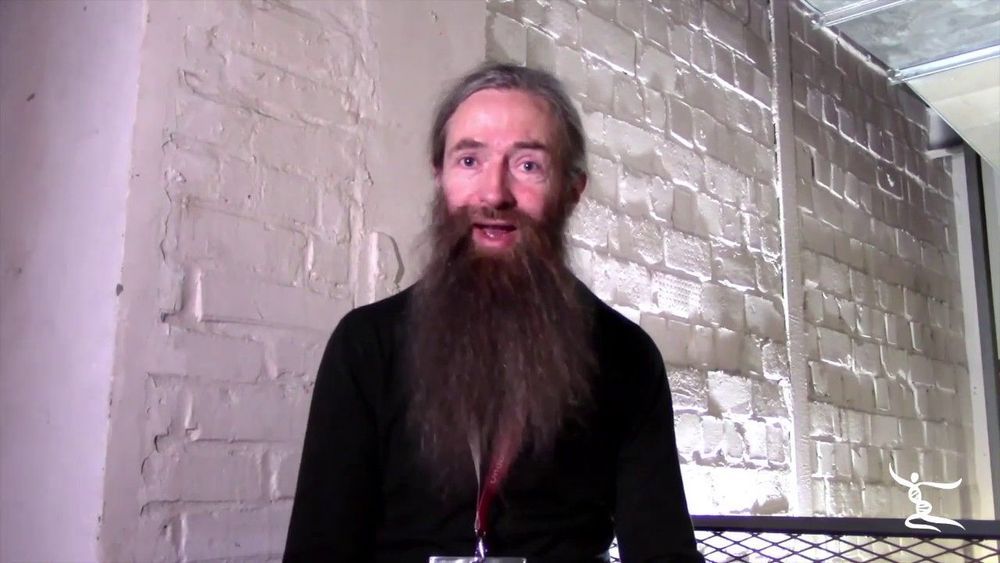
At Undoing Aging 2019, we interviewed some of the best researchers who are involved in discovering therapies for the root causes of aging. Their research aims to ameliorate the damages of aging and may one day lead to a future without age-related diseases.
We even had the chance to interview the well-known Dr. Aubrey de Grey, whose organization, the SENS Research Foundation, partnered with Forever Healthy Foundation to make Undoing Aging 2019 a reality. We asked him questions about how far SENS has come as an organization and what we can expect from future conferences.
Apr 10, 2019
Program: We are happy to announce Dr. Ruby Yanru Chen-Tsai, Co-founder and Chief Scientific Officer at Applied StemCell, Inc. as a speaker for the 2019 Undoing Aging Conference
Posted by Michael Greve in categories: bioengineering, biotech/medical, genetics, life extension
“Ruby, along with her company Applied Stem Cell, is one of the world’s most respected experts in gene editing. We are delighted to be working with her on our ambitious project to transform the potential of somatic gene therapy, in terms of both its safety from creating unwanted mutations and its efficacy in delivering large amounts of DNA, which is founded on some pioneering work at Stanford in which she was also heavily involved.” says Aubrey de Grey.
https://www.undoing-aging.org/news/dr-ruby-yanru-chen-tsai-t…b5IQ0dQ64s
#undoingaging #sens #foreverhealthy
Apr 10, 2019
Human Brain/Cloud Interface
Posted by Klaus Baldauf in categories: biotech/medical, education, internet, nanotechnology, Ray Kurzweil, robotics/AI, supercomputing
The Internet comprises a decentralized global system that serves humanity’s collective effort to generate, process, and store data, most of which is handled by the rapidly expanding cloud. A stable, secure, real-time system may allow for interfacing the cloud with the human brain. One promising strategy for enabling such a system, denoted here as a “human brain/cloud interface” (“B/CI”), would be based on technologies referred to here as “neuralnanorobotics.” Future neuralnanorobotics technologies are anticipated to facilitate accurate diagnoses and eventual cures for the ∼400 conditions that affect the human brain. Neuralnanorobotics may also enable a B/CI with controlled connectivity between neural activity and external data storage and processing, via the direct monitoring of the brain’s ∼86 × 10 neurons and ∼2 × 1014 synapses. Subsequent to navigating the human vasculature, three species of neuralnanorobots (endoneurobots, gliabots, and synaptobots) could traverse the blood–brain barrier (BBB), enter the brain parenchyma, ingress into individual human brain cells, and autoposition themselves at the axon initial segments of neurons (endoneurobots), within glial cells (gliabots), and in intimate proximity to synapses (synaptobots). They would then wirelessly transmit up to ∼6 × 1016 bits per second of synaptically processed and encoded human–brain electrical information via auxiliary nanorobotic fiber optics (30 cm) with the capacity to handle up to 1018 bits/sec and provide rapid data transfer to a cloud based supercomputer for real-time brain-state monitoring and data extraction. A neuralnanorobotically enabled human B/CI might serve as a personalized conduit, allowing persons to obtain direct, instantaneous access to virtually any facet of cumulative human knowledge. Other anticipated applications include myriad opportunities to improve education, intelligence, entertainment, traveling, and other interactive experiences. A specialized application might be the capacity to engage in fully immersive experiential/sensory experiences, including what is referred to here as “transparent shadowing” (TS). Through TS, individuals might experience episodic segments of the lives of other willing participants (locally or remote) to, hopefully, encourage and inspire improved understanding and tolerance among all members of the human family.
“We’ll have nanobots that… connect our neocortex to a synthetic neocortex in the cloud… Our thinking will be a… biological and non-biological hybrid.”
— Ray Kurzweil, TED 2014
Apr 9, 2019
Tomography Through An Infinite Grid Of Resistors
Posted by Quinn Sena in categories: biotech/medical, innovation
One of the vast untapped potentials of medicine is the access to imaging equipment. A billion people have difficulty getting access to an x-ray, and that says nothing about access to MRIs or CAT scans. Over the past few years, [Jean Rintoul] has been working on a low-cost way to image the inside of a human body using nothing more than a few electrodes. It can be done cheaply and easily, and it’s one of the most innovative ways of bringing medical imaging to the masses. Now, this is a crowdfunding project, aiming to provide safe, accessible medical imaging to everyone.
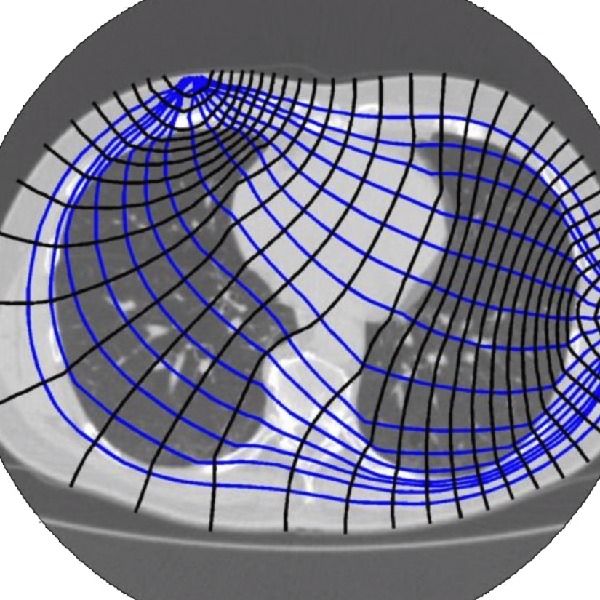
It’s called Spectra, and uses electrical impedance tomography to image the inside of a chest cavity, the dielectric spectrum of a bone, or the interior of a strawberry. Spectra does this by wrapping an electrode around a part of the body and sending out small AC currents. These small currents are reconstructed using tomographic techniques, imaging a cross-section of a body.
[Jean] gave a talk about Spectra at last year’s Hackaday Superconference, and if you want to look at the forefront of affordable medical technology, you needn’t look any further. Simply by sending an AC wave of around 10kHz through a body, software can reconstruct the internals. Everything from lung volume to muscle and fat mass to cancers can be detected with this equipment. You still need a tech or MD to interpret the data, but this is a great way to bring medical imaging technology to the people who need it.
Continue reading “Tomography Through An Infinite Grid Of Resistors” »

